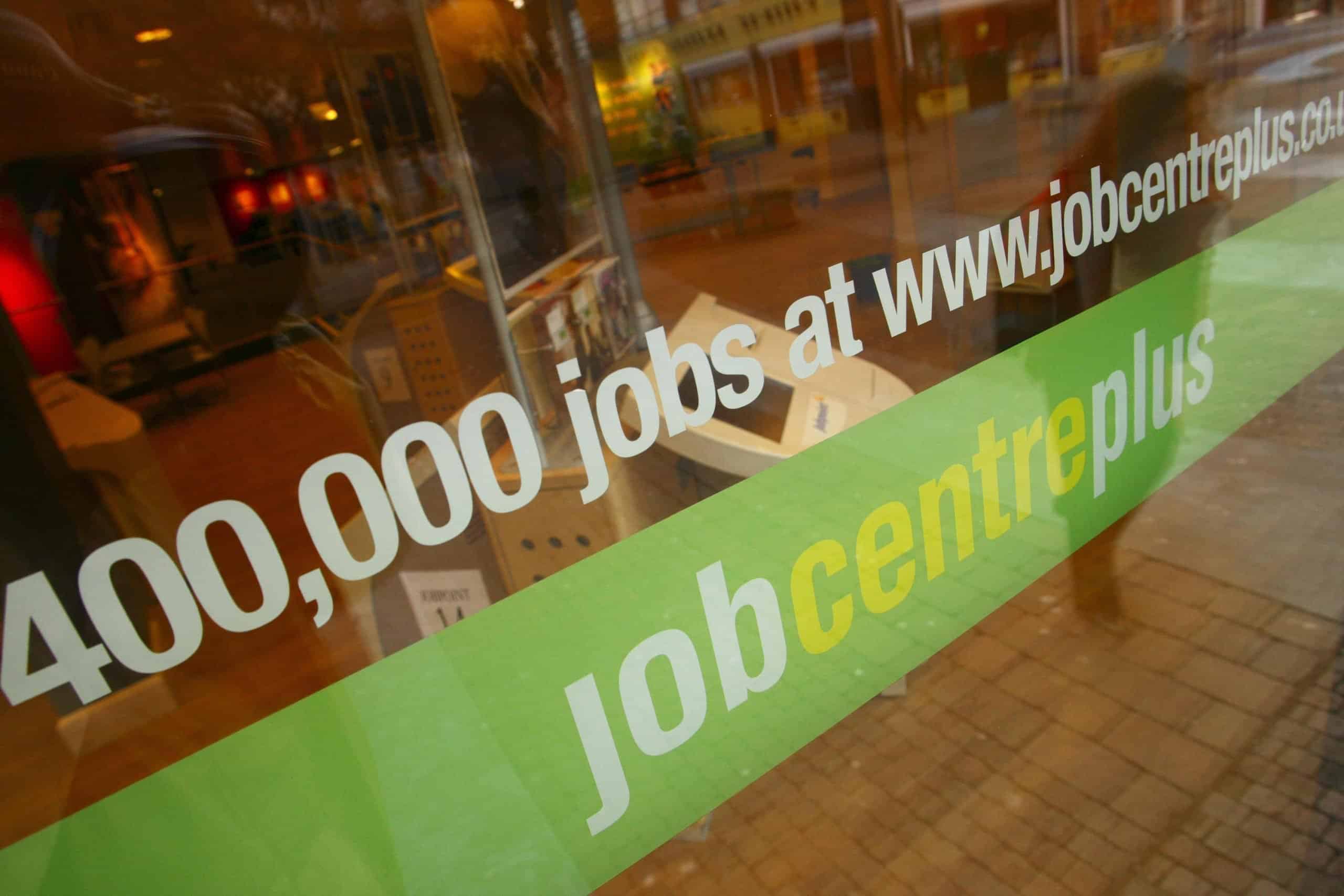
Chris Ison/PA
Economic inactivity due to sickness is the highest since records began, the latest Office for National Statistics figures show, prompting calls for bolder action on the matter.
Today’s ONS report shows people out of work due to long-term sickness has now hit 2.83 million, while the number not participating in the labour market due to long-term and short-term illness combined has broken 3 million for the first time ever.
It comes amid signs that the jobs market could be cooling, with the jobless rate jumping to 4.2 per cent in the three months to February, up from 3.9 per cent in the three months to January.
Most economists had been expecting the rate to only edge up slightly to 4 per cent in the quarter.
Reacting to today’s ONS statistics, Chris Thomas, head of IPPR’s Commission on Health and Prosperity, said:
“A perfect storm of an NHS crisis, poor public health – driven by mouldy housing, toxic air and a broken food system – and among the highest health inequalities of any comparable country have made the UK the literal ‘sick man of Europe’. And that is doing profound harm to our national economy.
“It is time for this government to recognise that better health is the clearest, untapped path to prosperity. Today’s vote to create a smoke-free generation offers a major opportunity. But ministers need to go further and faster to create a healthier, more prosperous nation.”
More timely data from HM Revenue & Customs revealed that the number of workers on payrolls fell by 67,000, or 0.2 per cent, to 30.3 million in March.
This is the biggest drop since the quarter to November 2020 at the height of the pandemic, although the figures are estimates and subject to revision.
Vacancies likewise fell for the 21st period in a row, down 13,000 quarter on quarter to 916,000 in the first three months of 2024.
The data comes after the UK fell into recession at the end of last year, although it is thought this may prove short-lived, with recent output data suggesting the economy is heading for growth overall in the first quarter.
But the ONS warned that the unemployment rate data should still be treated with “caution” as it continues to overhaul its labour force survey due to low response rates, with the full revamped version not due to be introduced until September.
Acting shadow work and pensions secretary Alison McGovern took aim at the Government, saying: “Tory failure is laid bare by the reality that we are now the only country in the G7 with an employment rate stuck below pre-pandemic levels.”
Chancellor Jeremy Hunt focused on the boost to workers’ pockets from rising real wages.
He said: “It’s great that real wages have now risen for nine months in a row, and, together with our national insurance cuts worth £900 to the average worker, people should start to feel the difference.”
The figures also show there were an estimated 106,000 working days lost due to industrial action in February, with the health and social work sectors hardest hit by strikes.
Accelerate your job hunt today by visiting The London Economic Job Board